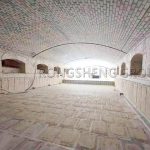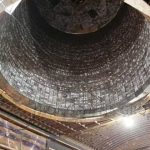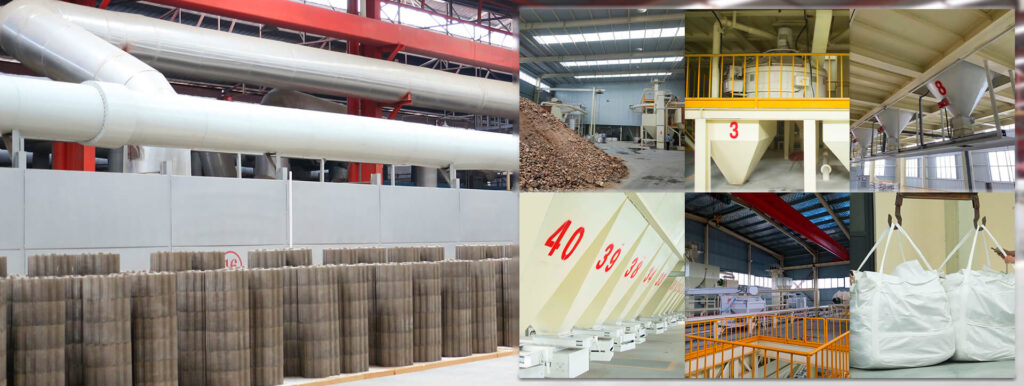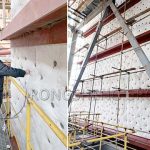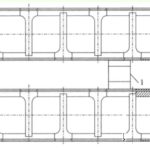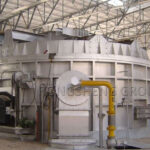Silicon carbide bricks have high thermal conductivity, good wear resistance, thermal shock resistance, and corrosion resistance. Therefore, silicon carbide bricks are widely used in industry furnace linings. It can be used for metallurgical steel cylinder lining, nozzle, plug, blast furnace bottom and hearth, heating furnace without water-cooled slide rail. Non-ferrous metal smelting distiller, rectification tower tray, electrolytic tank sidewall, smelting metal crucible. Shed plates and flameproof materials for silicate industrial furnaces. In the chemical industry, oil and gas generators and organic waste combustion furnaces. High-tech ceramic kiln furniture, aluminum electrolytic cell lining, molten aluminum pipe, and ceramic kiln furniture, aluminum refining furnace lining, zinc distillation tank lining, etc. Get a free quote from RS Refractory Materials Manufacturer.
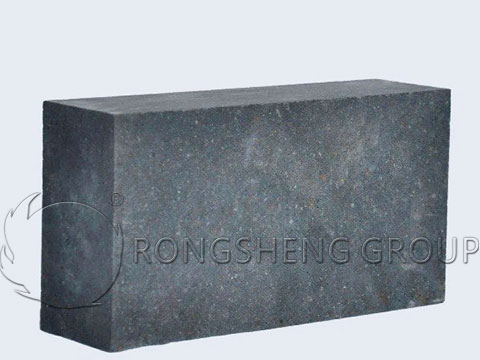
SiC refractories have been used for a long time in the harsh parts of the blast furnace (the waist and the lower part of the shaft). When selecting silicon carbide bricks for blast furnaces, it is mainly based on the following three aspects.
- First, the wear resistance of silicon carbide bricks to solid coke, pellets, and sintered ore entering the furnace is better than that of oxide bricks.
- Second, SiC has a higher thermal conductivity than oxide materials. This performance enables the silicon carbide brick as the lining to cooperate with the closed cold insulation structure to better control the temperature. In addition, SiC has proven to be more resistant to temperature fluctuations (thermal shocks) that may occur in the blast furnace.
- The third and most important aspect is that SiC can resist chemical attacks, especially alkali attacks.
What are the Main Erosions of the Silicon Carbide Bricks in Blast Furnace?
There is alkali compound pollution in sinter, pellets, and coke, and these pollutants are mainly potassium silicate. Although the content of these impurities in the original material is low, because the alkali can circulate in the blast furnace, the impurity content in the furnace lining can reach a fairly high value.
The strength of the furnace lining is reduced due to alkali erosion and wear. Alkali erosion affects the service life of refractory lining bricks.
According to our judgment, this erosion has always existed. It’s just that the erosion rate varies with quality choices. Manufacturers usually choose varieties with low porosity, low air permeability, and small pore diameters as much as possible to make the brick matrix resistant to alkali vapor penetration.
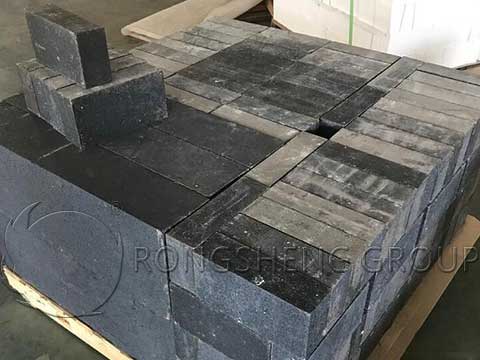
Selection of Silicon Carbide Bricks for Blast Furnace
In order to better select materials, there must be correct standards. For most steel companies, the most important criteria are the alkali resistance of the material, the strength after alkali erosion, and the rate of strength reduction.
The second important criterion is the results of the microstructure inspection and the aspects that may have an impact on alkali attack. Special attention should be paid to the number and type of binding phases, iron content, whether the center and edges of the bricks are completely uniformly sintered, the alkali erosion of α-SiC particles, and particle size classification.
In addition, porosity is also very important, especially for pores >5μm, the percentage should be limited to the lowest value. In order to prevent the intrusion of gas, charge (iron, iron oxide), and dust from adversely affecting the microstructure.
To learn more about silicon carbide bricks, please leave a message on this page. RS Refractory Materials Manufacturer will customize your product specifications and indicators according to your specific needs, as well as free solution planning and sample mailing.

